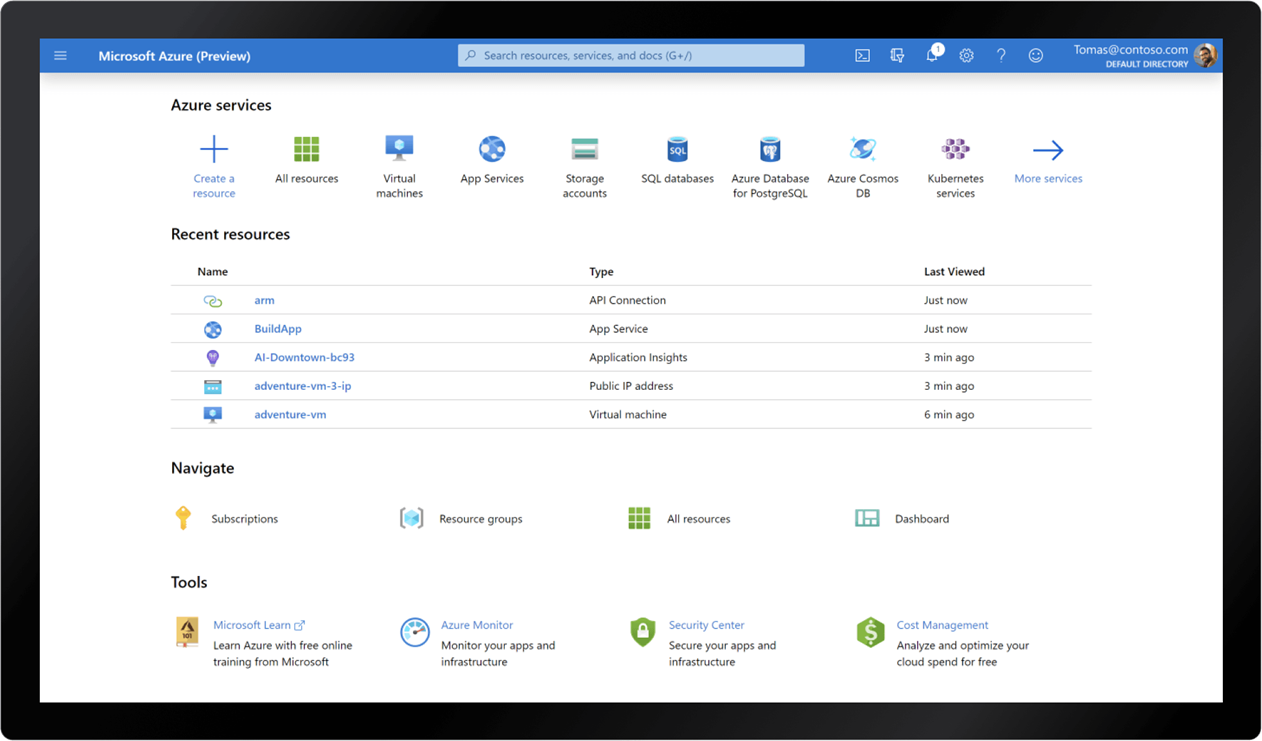Nov 18, 2020

Azure adds new constrained vCPUs, capable virtual machines to reduce software licensing costs without impacting performance
Azure offers various VM sizes for which you can constrain the VM vCPU count to reduce the cost of software licensing, while maintaining the same memory, storage, and I/O bandwidth.
This may be crucial for some database workloads like SQL Server or Oracle that require high memory, storage, and I/O bandwidth, but not a high core count since many database workloads are not CPU-intensive.
So, by deploying the latest Azure Virtual Machines, you can further increase the efficiency of your cloud infrastructure.
The vCPU count can be constrained to one half or one quarter of the original VM size. These new VM sizes have a suffix that specifies the number of active vCPUs to make them easier for you to identify.
The Esv4, Edsv4, and Easv4 memory optimized Azure VM series now offer new constrained vCPU VM sizes.
For example, the current VM size ‘’E8s_v4’’ comes with 8 vCPUs, 64 GB RAM, 16 disks and 12,800 IOPs. The new VM sizes ‘’E8-4s_v4’’ and ‘’E8-2s_v4’’ comes with 4 and 2 active vCPUs respectively, while maintaining the rest of the specs of the ‘’E8s_v4’’ for memory, storage, and I/O bandwidth.
The licensing fees charged for SQL Server or Oracle are constrained to the new vCPU count, and other products should be charged based on the new vCPU count. This results in a 50% to 75% increase in the ratio of the VM specs to active (billable) vCPUs. These new VM sizes allow customer workloads to use the same memory, storage, and I/O bandwidth while optimizing their software licensing cost. Currently, the compute cost, which includes OS licensing, remains the same one as the original size.
Nov 16, 2016

As it is known in Microsoft SPLA, SharePoint Server Standard and Enterprise licenses are provided under the Subscriber Access License, which means that each end customer’s internal users who can directly or indirectly access the SharePoint Server would need a license. Service Provider will use the software in this case to provide internal users access to content, information, and applications. Therefore, use of SharePoint Server software to provide content, information, and applications that are limited to internal users must be licensed under SharePoint Server SALs.
SharePoint Hosting – Licensing Based on Processors Used
In contrast and in order to provide SharePoint Server as a Website or Hosted and therefore, allowing an unlimited number of external users to access it, in this case, the licensing scheme would shift from SAL to Processor License. Customer may use the software to provide External Users access to content, information, and applications. Customer may also use the software to provide internal users access to content, information, and applications so long as that same content and information and those same applications are also accessible by External Users.
To run Instances of the server software in the Physical OSE on a Server, you need a license for each physical processor that the Physical OSE uses.
To run Instances of the server software in the Physical OSE on a Server, you need a license for each physical processor that the Physical OSE uses.
Scenario 1
SharePoint Hosting roles are deployed on 1 physical server with 2 physical processors. Therefore, in this case, SharePoint Hosting would require a total of 2 licenses equal to the number of physical processors.
To run Instances of the server software in Virtual OSEs on a Server, you need a license for each virtual processor that each of those Virtual OSEs uses. If a Virtual OSE uses a fraction of a virtual processor, the fraction counts as a full virtual processor.
Scenario 2
SharePoint Hosting roles are deployed on 1 Virtual Machine with 8 Virtual Cores. This Virtual Machine is created on a Physical Server with 2 physical processors and 4 Cores per Processor. In this case partner would need 8 (Virtual Cores) / 4 (Cores per Processor) = 2 licenses.










